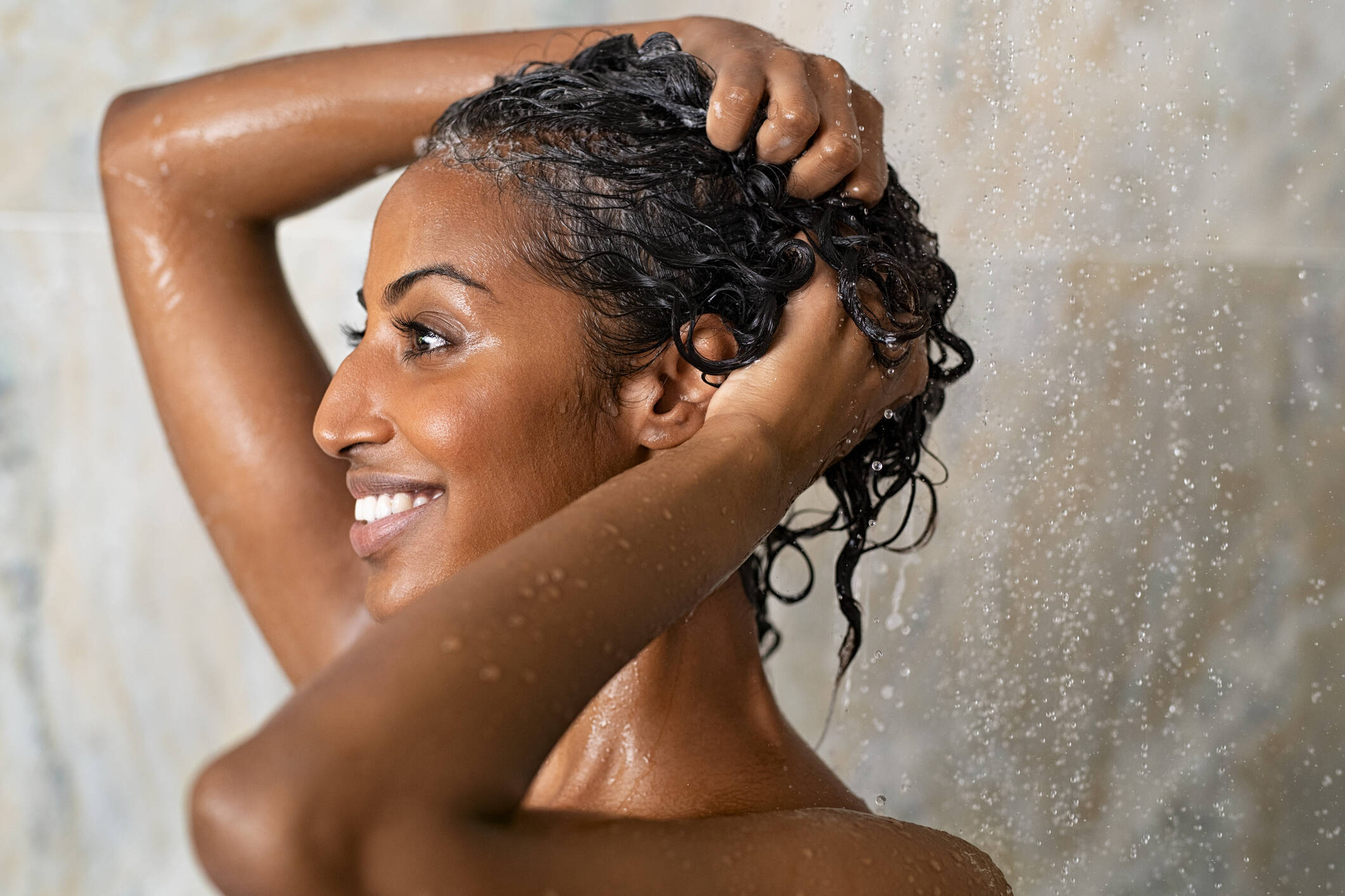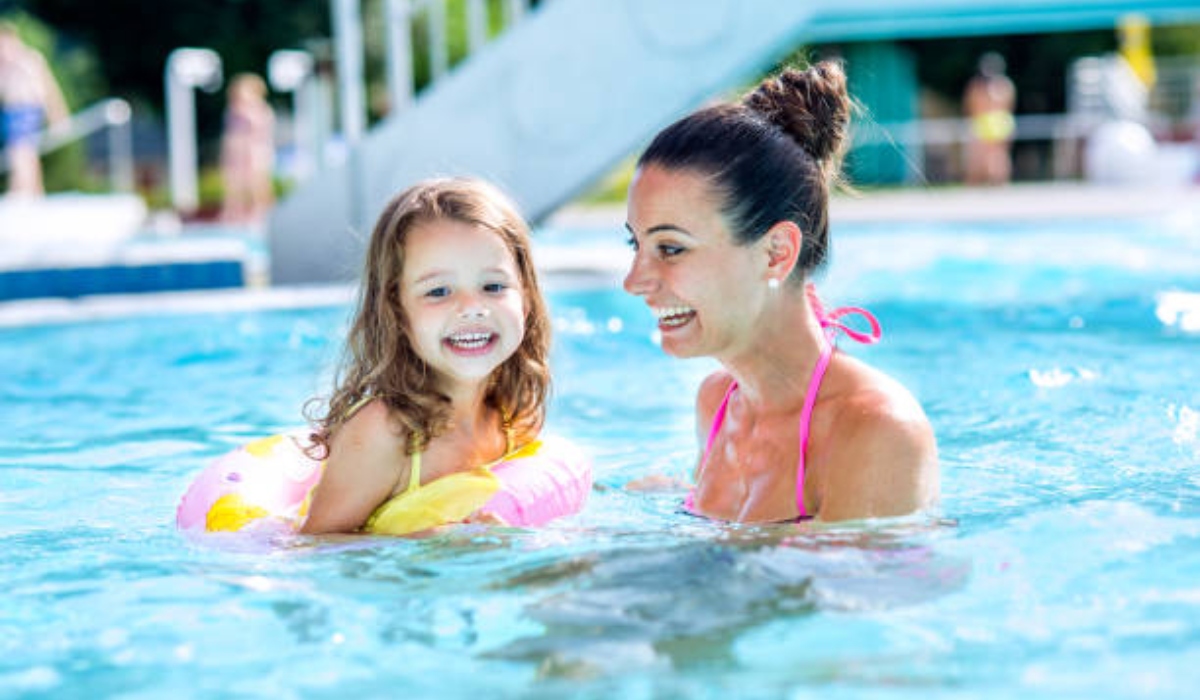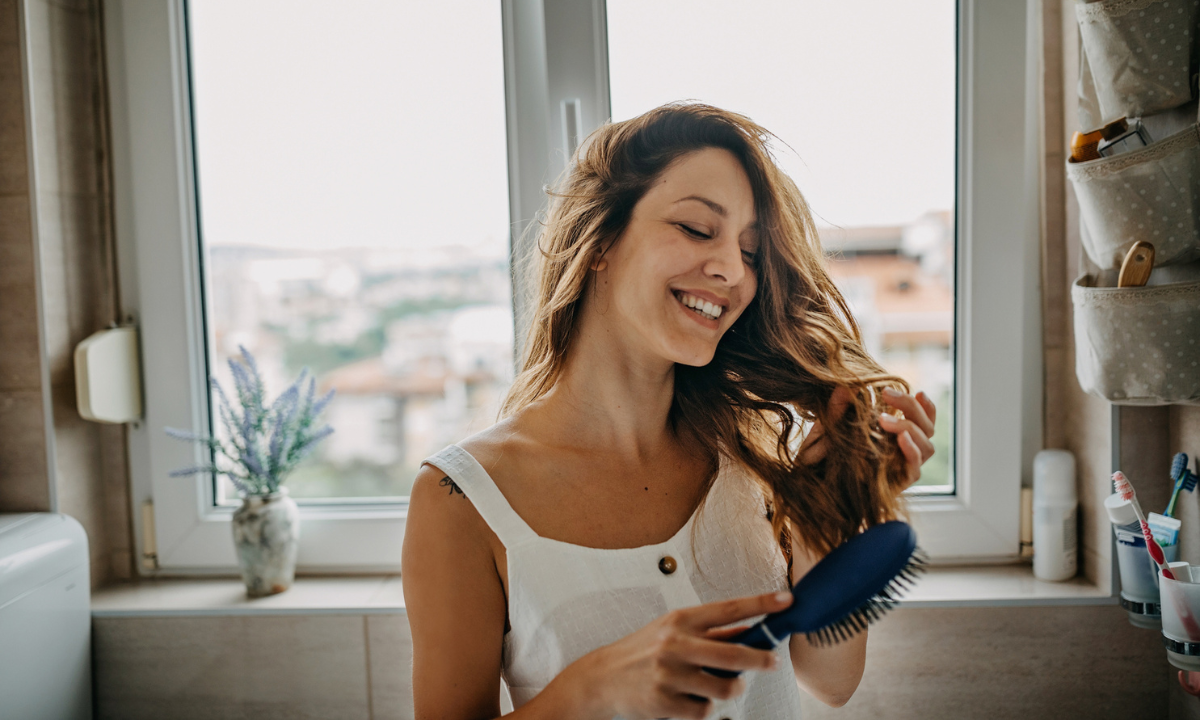Do you exercise every day? Tips to protect your hair from sweat and keep it healthy and hydrated.

According to a survey conducted by the Health & Fitness Association (HFA) last year, 61 percent of people in major metropolitan areas in Latin America exercise several times a week , and 78 percent exercise at least several times a month. It also revealed that the fitness market is growing in metropolitan areas in Argentina, Chile, Colombia, Mexico, and Peru.

Using nourishing and restorative masks can protect your hair. Photo: iStock
Without a doubt, exercise brings multiple health benefits. In fact, the World Health Organization (WHO) states that physical activity helps prevent and control non-communicable diseases such as cardiovascular disease, cancer, and diabetes, in addition to reducing symptoms of depression and anxiety and promoting brain health.
These benefits also positively impact the scalp. According to the Hair Hospital, exercise increases blood flow and vascularization , allowing nutrients to quickly reach the hair follicles.
Furthermore, since it's an activity that can reduce stress, it decreases the likelihood of nervous alopecia, which occurs when a person has high cortisol levels due to stress . Exercise also increases oxygenation of the scalp.
However, when sweat accumulates on the scalp , it can alter the pH, dry out the hair fiber, and even weaken it. If not properly cleansed, hair can become more brittle and dull, especially in people who exercise outdoors, in pools, or at sea.
For this reason, it is important to take proper care of your hair and follow a judicious routine so that it is not affected by training.

Chlorine in pools can affect hair health. Photo: iStock
Angelica Quintero, co-founder of La Poción, points out that not having a hair care routine while working out can affect hair health . Sweat, which contains salts and an alkaline pH, can disrupt the scalp's natural balance, drying it out and making it more fragile. This requires more attention for people with dyed or chemically treated hair.
To prevent this, Quintero recommends adopting hair care routines focused on protection before, during, and after training. "It's important to avoid tying your hair with tight elastic bands, use hairstyles that reduce friction, regularly moisturize your hair, and, above all, apply specialized products that act as a barrier against sweat and other external agents," he explains.
For example, if the physical activity you plan to do involves swimming in pools or seawater, experts recommend applying hair protectors, wearing swim caps, conditioning your hair with moisturizing products, and accompanying your routine with restorative and nourishing masks. Diet is also essential, so drinking enough water is recommended.

A balanced diet is key to protecting your hair. Photo: iStock
Quintero also suggests avoiding using tools like flat irons or hairdryers immediately after exercising , as your hair is more vulnerable and can break easily. It's best to let it air dry or use a diffuser on a low heat setting.
ANGIE RODRÍGUEZ - LIFE TODAY EDITORIAL - @ANGS0614
eltiempo




